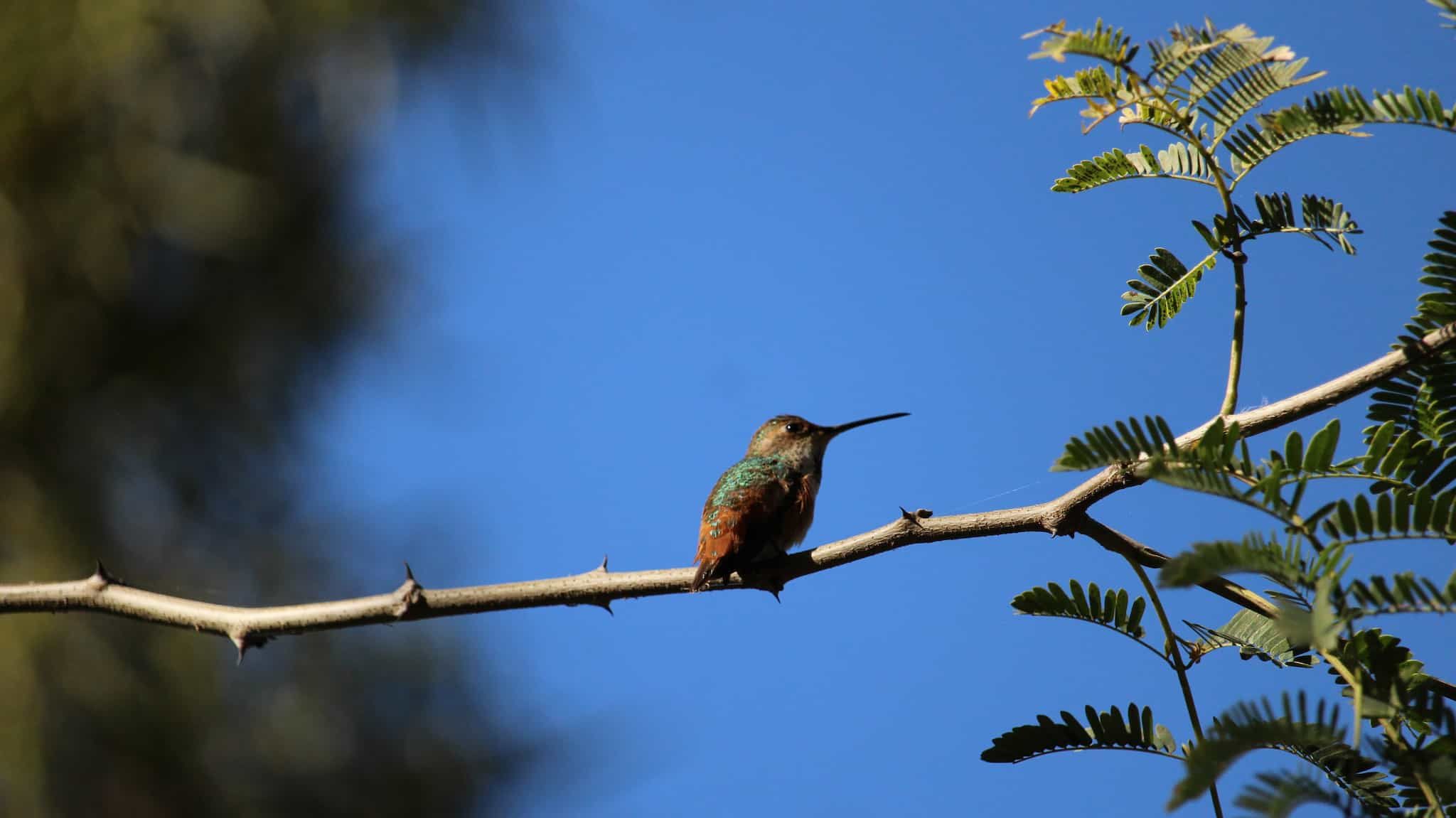
Birding in 2022
Following my 2021 birding summary, I’m excited to share my 2022 birding review! My travels brought me to 7 different states, Italy, and a bonus layover sighting. Between the varied locations and some active days, my total number of species identified was up slightly over the previous year. But my proudest statistical accomplishment was the lifetime species milestone I passed in 2022 (shamelessly buried at the end of the article).
California
Naturally, I saw by far the most birds in the golden state where I live. I counted over a hundred species including nine I’d never identified before. I also logged nearly 71 checklists of different birding outings, up from the previous year. In May alone I saw 88 species across the state. Even just focusing on the coastal and suburban park environments yields a wide variety of birds in our mostly mediterranean climate.
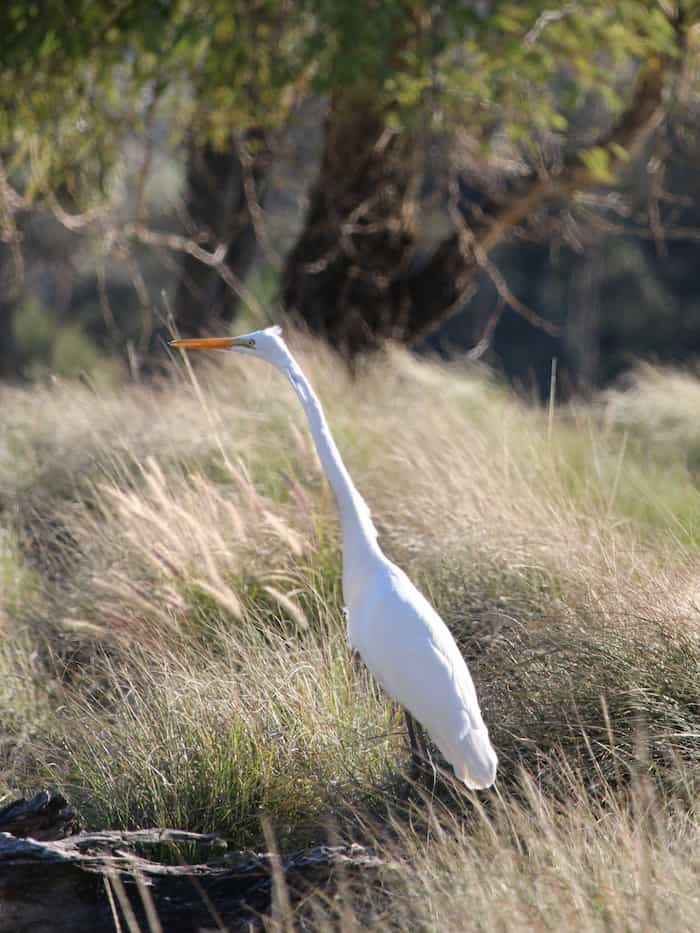
Looking back, I wish I had brought our camera to a few more outings but the work it takes to process photos is prohibitive. I did get some great photos from our day at the San Diego Safari Park, a few of which I’ve included here. It can sometimes be difficult to know what is captive and what isn’t but they make for great photos all the same. But the most notable birdwatching days in California all occured in one month.
May 13th
On a whim, I decided to go birding at a Wildlife Sanctuary in the Los Angeles area. I ended up spending 2.5 hours there and saw three new species: Yellow-breasted Chat, Ash-throated Flycatcher, and Clark’s Grebe. I was really impressed by the Western Grebes I saw which are almost identical to the Clark’s, save for slightly more of a dark cap that drops below the eyes. I had previously seen them from a distance, way off shore. But here I saw one probably 20 feet away. I was impressed by its large size, it’s majestic black and white plumage, bright red eyes, and the square top of it’s head.
I was surprised with how close many of the birds would let me stand. A bright blue Tree Swallow circled my head 4 times. One bird was too close for my binoculars to focus. There were also lots of goslings of Canada Geese, but I did not want to be too close to an angry mother goose.
Possibly the most conspicuous group of birds were the were the large colonies of Terns and Skimmers; all ocean loving birds with narrow wings and big bills. At one point someone (hopefully a researcher) walked out to peninsula of the Caspian Tern colony and they all began flying in circles in the air. Over at the next pond, Black Skimmers collected on a small island. Down by the river a Forster’s Tern would hover over the water before diving down for a fish. In all, I saw over 45 species which was good prep for the following day’s event.
May 14th: Global Big Day
I really leaned into the global birding Big Day and spent 5 hours birding around our region and totalling 55 species. I didn’t achieve my stretch goal to find a Swinhoe’s White-eye which is typically found in Southeast Asian but has been reported nearby. I did however identify a Pacific-slope Flycatcher for the first time. Since there are so many similar flycatchers, I spent probably 20 minutes waiting for it to return so I could be sure.
There were lots of very cute grey fluffballs known as Bushtit hoping among bushes as a flock looking for bugs. Up in the trees, I saw many more bright Yellow Warblers than I was expecting. I also got a great look at another yellow bird, a female Wilson’s Warbler at the end of one of my hikes. With a clear view her short bill looked cute on her little lemon body.
Down by our local seasonal river, the herons, particularly the Snowy Egrets, were very active. But they seemed more focused on defending the best fishing spots than actually catching fish. Their jumpy activity mirrored my own day’s experience in a way, bouncing around, looking for something new to appear.
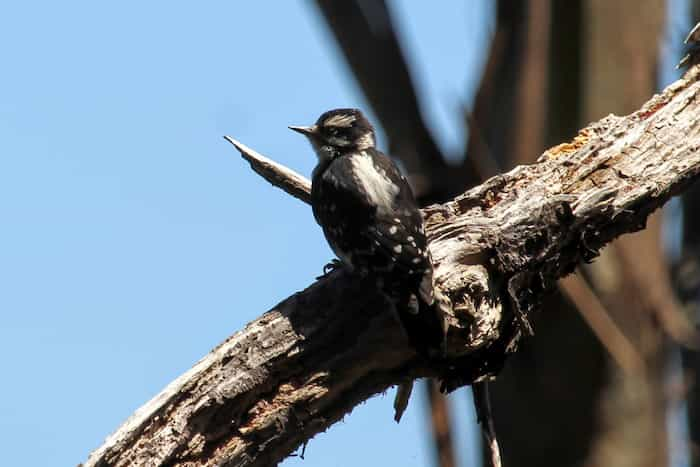
Central Coast Camping
At the end of May, we drove up to the central California coast to go camping with some friends. We brought our dog Bailey despite her recently having surgery to remove some tumors. Unfortunately she ended up with sunburns on her shaved patches of skin and a terrifying number of deer ticks in her fur. Despite the ticks and windy weather, I really liked being out there. We went on several hikes, and I had lots of bird conversations with our friends’ daughter.
It’s amazing how varied and rich our experiences with nature can be when we spend a little more time outside. Camping brings unique encounters like the Great Horned Owl we heard at 5:30 in the morning. Through the tent walls I could hear it shift from one side of the tent to the other. Walking around the campground I saw the iconic California Quail as well as little Chestnut-backed Chickadee which I had only seen further north out-of-state.
We hiked around other areas of the coast, like the pier view trail where I finally identified some Violet-green Swallow crisscrossing a cow pasture. Looking out among the kelp and elephant seals I saw Pigeon Guillemon bobbing in the water. Even a Great Blue Heron got it’s time out on the ocean standing on top of the kelp.
Other California
Outside of May’s busy birding, there were a couple surprising new sightings while I was hanging out with friends. For example, I walked to the treeline while at the park for a pancake breakfast and saw an American Redstart right at eye line with bright bands of color on it’s wings. Another time we were at a party for our friend’s child’s adoption when a large, dark bird flew over. The back yard is up on a ridge so the black and white hawk glided fairly low overhead. My first thought was that it was a vulture, but it was actually my first sighting of a Zone-tailed Hawk.
2022’s in-state birding centered around a few key weekends. In some ways that’s exciting; getting big numbers in a short amount of time. But it also felt more exhausting at times than I’d like. I think I continue to adjust how much I space I make for birdwatching in my life. It’s easy to get excited while traveling, but closer to home I’m trying to find the ballance of being present and exploring.
California Stats
- New Species: 17 (9 Lifers)
- Year Species: 115
- Total Species: 188
- Year Checklists: 71
- Total Checklists: 289
Connecticut
Over the summer we visited my family for my Grandpa’s birthday party. One afternoon, I was up in our room on the third floor and saw a Pileated Woodpecker fly over the driveway. I’ve been looking for one for a while and as the largest (not probably extinct) woodpecker in America it is iconic.
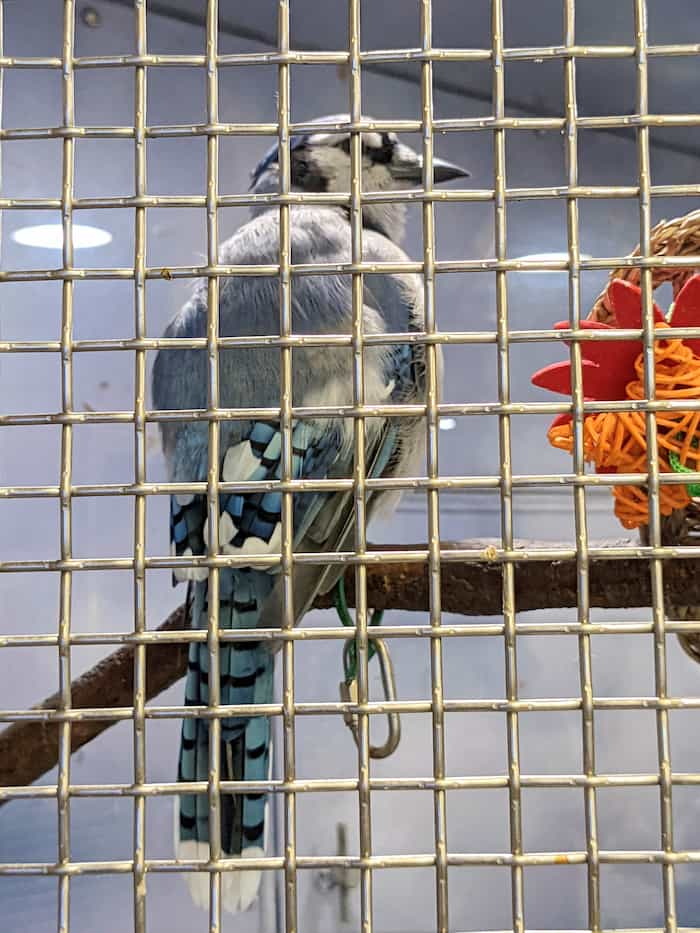
That trip we also went to the Connecticut shoreline. Right outside the nature center, I recorded my first Purple Martins. I’ve seen lots of martin colony nesting boxes, which stand out for their “bird condo” design, but we happened to be there when the birds were actually nesting. Inside the nature center, they had Blue Jays in an aviary and a camera of a few young Osprey on their nest. The osprey adults were actively fishing and we saw several dive into the water and fly away with a fish.
The surprising finds from that trip were a Brown Thrasher and Laughing Gull in it’s breeding hood. There was a nice pond just behind the beach sand dunes that had plenty of shore birds including a Glossy Ibis. There was a Little Blue Heron next to a Snowy Egret. Both are fairly active hunters but the snowy egret was had an interesting strategy where it would swirl one leg in the water and lurch forward to find what fish was spooked.
I went birding on a rainy morning and got excited when I heard a Scarlet Tanager which we had just talked about the day before. Audio ID is enough to log a bird but I walked up and down the street trying to get a visual. Eventually I spotted the bright red dot high in the trees. Working on my listening skills, I found several Red-eyed Vireo with their jumpy whistle of a call. Another treetop dweller that was new was the Eastern Wood-Pewee which was calling from a high perch.
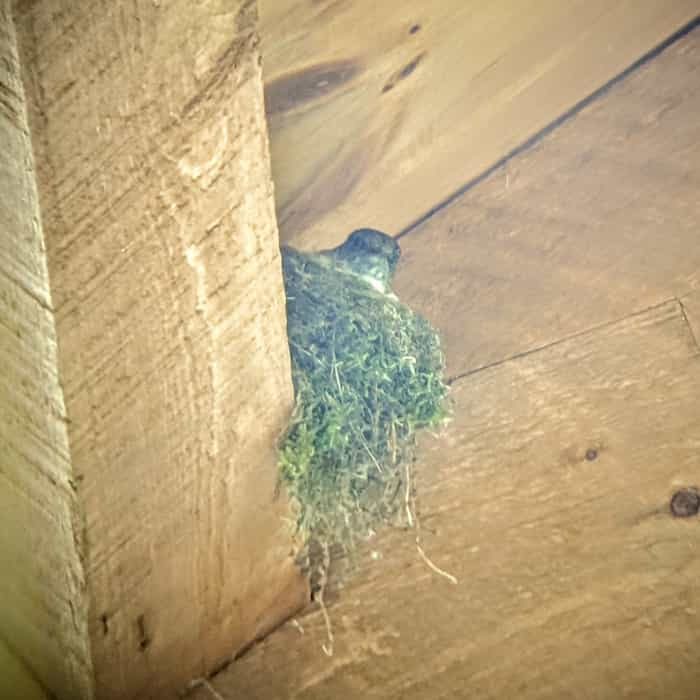
Before I left, I went over my sister’s house and saw they had a bird feeder off of the patio deck. As we were first getting a tour of the yard, a completely blue bird flew by. It was an Indigo Bunting which I had been talking to my uncle about wanting to see a few days earlier. It later came back to the bird feeder where I could get a good look at it. It really is a striking iridescent bird. It was fun pointing out the Black-capped Chickadee and American Goldfinch to the kids. I hope they are able to enjoy New England’s birds like I did as a kid.
In the winter I returned to Connecticut. Though not normally a big birding time of the year, I went out on a cold morning near a stream off the Connecticut river. I was pleased to see the Black-capped Chickadees were active, but following along with them was a Golden-crowned Kinglet with it’s bright yellow crest. That morning the birds seemed unphased by my presence and several of them hopped between branches within 10 feet of me. Around me I could hear Blue Jays and a loud Carolina Wren while two Red-bellied Woodpeckers jostled for the best spots in the park. Despite the cold, I was a nice moment seeing the birds continuing to live life.
I was a lot more active birding in Connecticut than the previous year. I had twice as many checklists. I recorded more new Connecticut species than checklists including a good number of entire new species too.
Connecticut Stats
- New Species: 22 (10 Lifers)
- Year Species: 56
- Total Species: 81
- Year Checklists: 20
- Total Checklists: 59
New York
While in New England for the summer, I made a visit just across the Connecticut border into New York to visit some family. We had a nice picnic on the Long Island Sound coast. From there I saw more Purple Martins, a Bald Eagle and plenty of common birds while enjoying the afternoon.
New York Stats
- New Species: 11 (0 Lifers)
- Year Species: 15
- Total Species: 26
- Year Checklists: 2
- Total Checklists: 5
Massachusets
I visited my brother up at his new house in Massachusets and we took a walk around a small pond nearby. It is a nice place for an afternoon walk and their dog had fun joining us. There were Northern Cardinals and White-breasted Nuthatch hanging out in the leaf-less winter trees. As we neared the water’s edge, a Belted Kingfisher surprised me, darting back and forth across the small cove. The other surprise that trip was the Great Horned Owl I could hear from the bedroom window the night before I flew home.
Massachusets Stats
- New Species: 6
- Year Species: 9
- Total Species: 26
- Year Checklists: 2
- Total Checklists: 9
Missouri
In the summer, we flew to Missouri for a friend’s wedding. We didn’t have much downtime but I took a moment to step outside during the reception. At first I didn’t see much activity. We were approaching evening and many birds are settling down at that time. There were some Red-winged Blackbird making noise near the pond and a Northern Cardinal crossing between stands of trees. I walked towards some sparrows I saw in the tall, uncut grass. They turned out to be Field Sparrows which I had never seen. Then a little while later I spotted an Eastern Kingbird in the tree tops. I also saw my second Brown Thrasher a week after I had seen my first miles away in Connecticut. I felt a little silly bringing my binoculars to a wedding, but you never know what you’ll find.
Missouri Stats
- Total Species: 10 (2 Lifers)
- Total Checklists: 3
Washington
I’ve written previously about our trip to to Washington but the gist is half the trip was with family for a wedding and half the trip we spent in Olympic National Park. Around Seattle I logged a Band-tailed Pigeon on the neighbor’s roof. I’d seen it in California and Guatemala but it was a first for Washington and somewhat unexpected. More typical were all the seabirds down by the ferry to Bainbridge Island like cormorants, Pigeon Guillemot, and Glaucous-winged Gull.
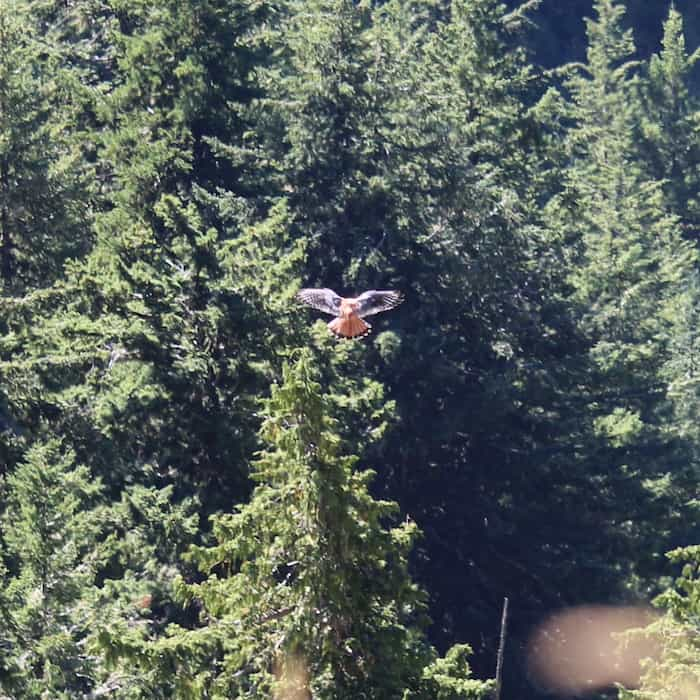
The morning of the wedding we hiked around Discovery Park. There was lots of chatter in the tall grass, blackberry vines, and other foliage, but I struggled to ID many of them. Closer to the water an Osprey passed by and Caspian Terns lined the seashore. In the conifers, the Chestnut-backed Chickadees jumped from tree to tree. A Spotted Towhee was kind enough to make himself known before we left. I was suprised to hear so many Anna’s Hummingbirds for that time of year.
While visiting Olympic, we stayed in a cabin just outside the park located on a family’s large property. The Barn Swallows were very active catching bugs on the wing. Then a burst of European Starlings would blow across the field. Inside the park I laughed at how often a Dark-eyed Junco would randomly show up. Similarly, White crowned Sparrows stalked the parking lots looking for discarded food.
My favorite bird sighting of the trip was a pair of American Kestrel on the hillside below Hurricane Hill trail. I first noticed them dive-bombing a hawk, trying to scare it off. Then they followed each other from tree to tree. But the coolest thing was looking down the hill at the male hovering perfectly still in the updraft of the wind searching for prey. Up above the tree line, there were more flowers and bugs than birds. The noisy exception to that was the flock of noisy ravens chasing each other and floating on the wind. On the way back through the trees, I ended seeing a few more Chestnut-backed Chickadees and a Townsend’s Warbler in the pines at the tree line.
Washington Stats
- New Species: 4
- Year Species: 22
- Total Species: 60
- Year Checklists: 12
- Total Checklists: 47
Idaho
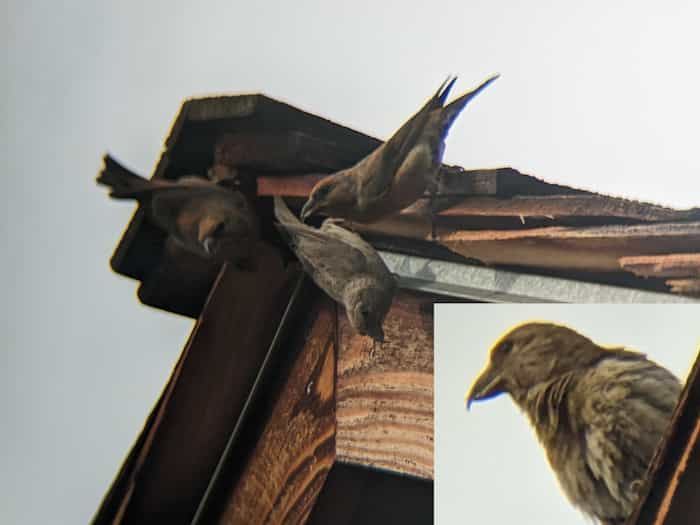
In the fall I spent a week in the Sawtooth Mountains for a work event. It was a beautiful place to be, even at the tail end of their tourist season and the temperatures dropped. Even though the region was new to me, one of my coworkers is also an avid birder and we were able to share tips on hikes and around the lodge. He pointed out some Red Crossbill on one of the cabin. They were kind enough to hang around for a photo.
The event was also a great excuse for a few of us to play disc golf. I highly recommend the sport as another excuse to get outside. Every course is unique, and this one was littered with signs of wildlife. I saw elk droppings, possible badger holes, and giant anthills as we walked the course. But most notably, I saw and heard Sandhill Crane flying overhead. While they are farily common in the center of the state, I was glad to finally see one of these large birds. It was a very fun week strengthening relationships with coworkers, relaxing outside, and some nice birding.
Idaho Stats
- Total Species: 18 (3 Lifers)
- Total Checklists: 14
Italy
After my own work trip, I met up with Bekah who was finishing her own work event in Italy. It was a great excuse to return and we made the most of it. This time we started in Rome and headed up the west coast through Florence and eventually to Lake Como.
In Florence we stayed at a hotel near the Ponte Vecchio bridge in the heart of the city. One afternoon I had some time so I walked a few blocks up the Arno River to a grassy park to do some birding. From my seat on the stone wall overlooking the field I spotted several species like the Gray Heron and Eurasian Moorhen that are technically new to me, but also are the european counterparts of common American species. Probably the most exciting bird was a Common Kingfisher. It darted like a shiny blue flash over the brush.

I could see quite a lot from that spot. Along the river were lots of Little egret, Hooded Crows, and Black-headed gull flying up and down the river. A tiny European Robin was making a lot of noise while a Gray Wagtail danced near a puddle. Both are fun birds with big personalities which make them easy to find. Even way up on the tall construction cranes, I could see flocks of European Starlings trying to keep up with each other.

In the costal region of Cinque Terre, we were hiking during the October Big Day birding event. As we climbed through the vineyard I couldn’t spot too many birds, only 8 species over 3 checklists. However I did spot Common Wood-Pigeon which was new for me. The next day, while we toured the village of Vernazza, I got a great look at a European Goldfinch with a bold white and red face from a spot overlooking the harbor.
After leaving Cinque Terre, we took the train to Lake Como. We arrived in Varenna and had some time while waiting for our first of many ferries so I pulled out my binoculars. At first I mainly saw a large flock of Italian Sparrows and more Black-headed gull. But then I saw a few Eurasian Coot on the water which look very similar to their American counterpart. Further out in the water I saw a Great Crested Grebe which is stately with it’s long neck and golden face plumage. Then looking high up in the sky I saw Eurasian Crag-Martin hastily catching bugs above the buildings. It feels really rewarding to take moments like that one and clue in to all the wildlife available even in a small tourist town.
Across the lake, our hotel was near a small harbor where Mallards and Coots would gather. Someone would dump out bread crumbs and the ducks would go crazy. That spot was also home to two mature Mute Swans who we were able to see frequently. While we were in the city of Como we walked along the rocky shore. There was a big flock of Common Merganser, gulls. Less idilic were the Carrion Crow feeding on actual fish carcases.
On this trip to Italy, birding seemed to fill the gaps when I needed it. The country has so much natural and architectural beauty that there is plenty to appreciate. But birding felt grounding when life as a tourist felt to crazy. The process of spotting, identification, and logging is a rhythm that simplifies the world around you. Sometimes while traveling, birding itself can be too much and consume my attention. But on this trip I was able to enjoy it when I wanted to not feel like a tourist and just enjoy my time.
Italy Stats
- New Species: 11 (9 Lifers)
- Year Species: 26
- Total Species: 41
- Year Checklists: 17
- Total Checklists: 40
Netherlands
Birding from airports can be a fun challenge that also expands the fun map on the ebird site. So I was on the lookout as we landed in Amsterdam on our way back from Italy. To my surprise, there were a lot of birds along the runway including gulls, crows, and hawks! While I couldn’t get a good enough view of the gull, I was able to identify the hawks as Common Buzzard. Even more significant, this marked my 500th bird species logged in ebird, a milestone I’ve been chasing for a few years now.
Netherlands Stats
- Species: 2 (1 Lifers)
- Checklists: 1
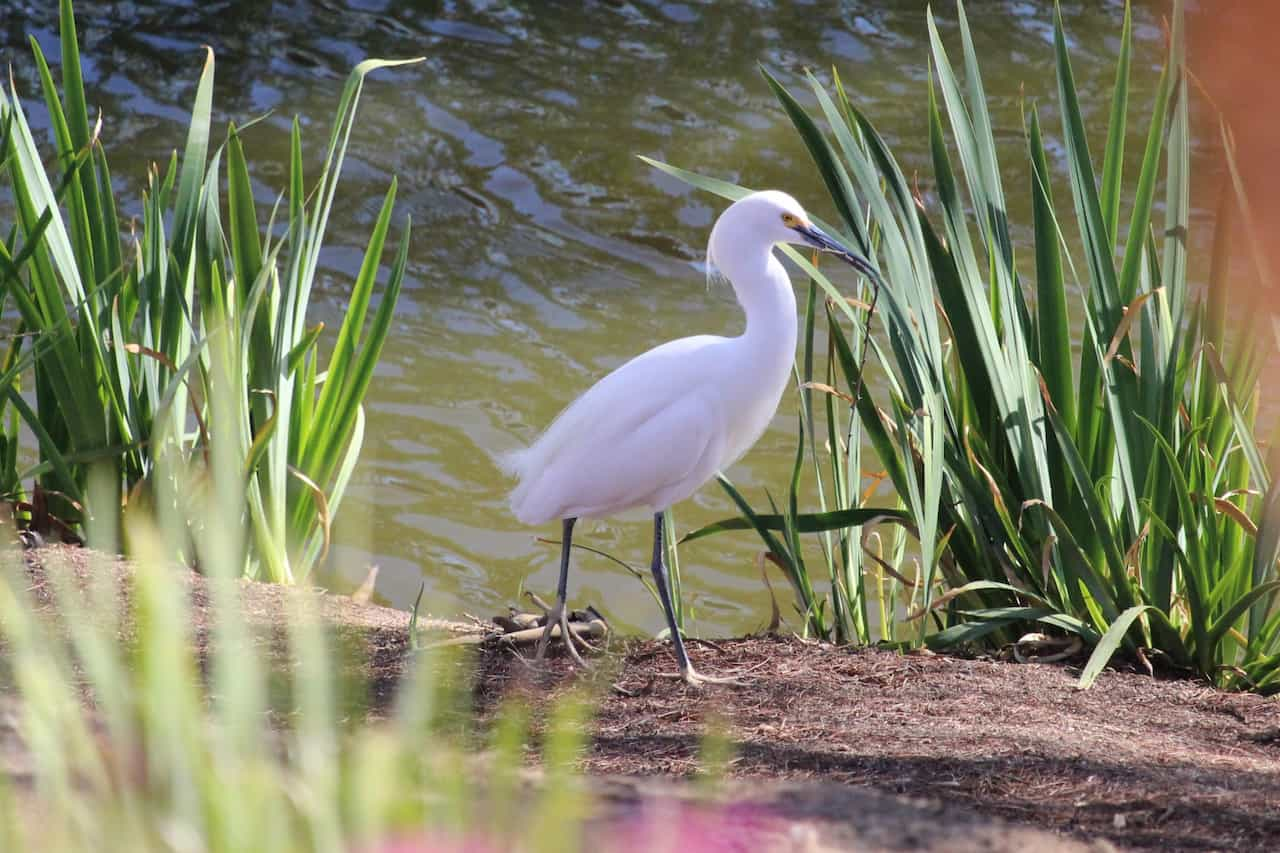
Conclusion
I’m glad that I was able to stay active birding in 2022. Working on birding by sound was probably the biggest skill I improved on and it really helped me find some key species. I also have gotten more used to the challenge of difficult IDs. That’s partly due to getting better at identifying, but probably more importantly I’m less disappointed when I can’t get a confident ID. It has made birding a lot more relaxing when I can be okay letting a bird go.
I’d like to continue to make it a part of my regular activities and travel moving forward. The search for new species is fun but I don’t want that to be my only goal. Now that I have a few years of stats, I can look back and see more trends like total species for a location. Still, as there are fewer common “new” species to find, it has required me being more strategic. I’ve started to target specific birding sites looking for species I haven’t seen before which is a trend I expect will continue next year.
World Stats
- New Species: 34 (34 Lifers)
- Year Species: 183
- Total Species: 502
- Year Checklists: 144
- Total Checklists: 663
See how to respond...
Respond via email
If you'd prefer to message me directly, send an email. If you'd also like your message to be visible on the site I can add it as a comment.
Reply via Email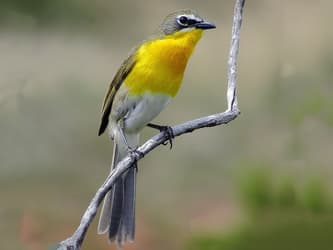
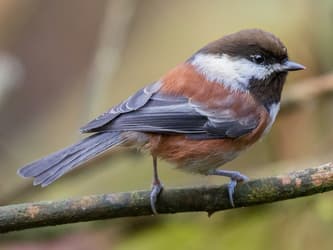
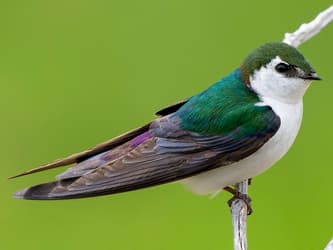
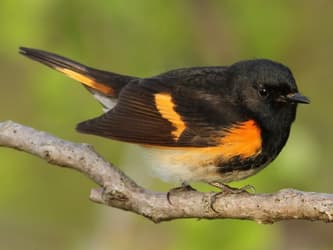
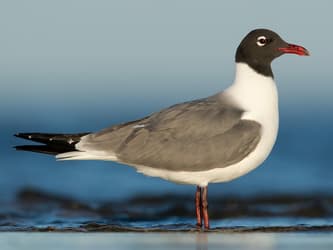
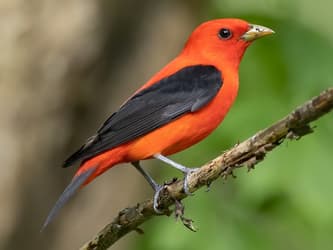
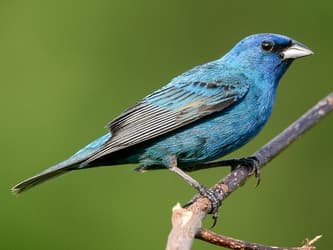
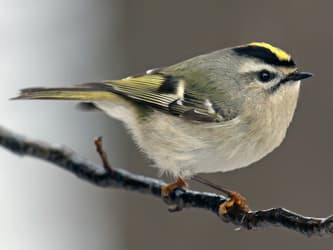
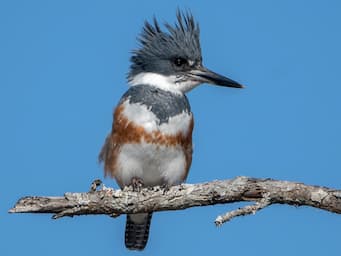
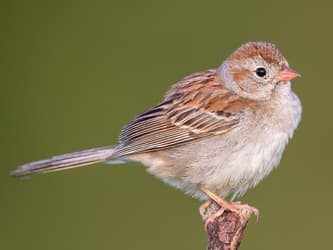
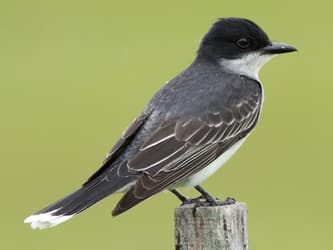
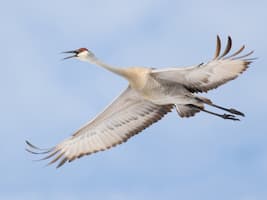
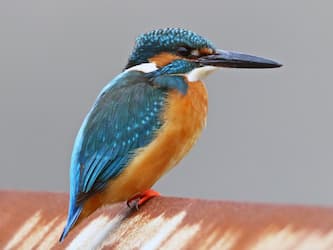
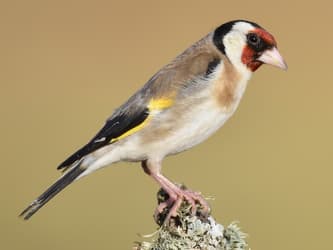
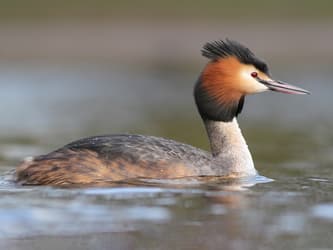
Respond from another site
Responses are collected from posts on other sites. Have you posted somewhere that links to this page? If so, share the link!